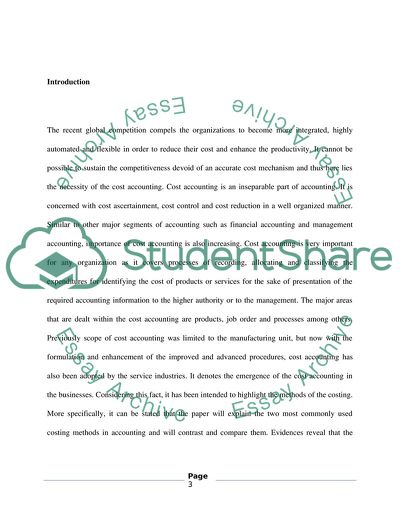Cite this document
(Concepts of Activity Based Costing Term Paper Example | Topics and Well Written Essays - 2107 words, n.d.)
Concepts of Activity Based Costing Term Paper Example | Topics and Well Written Essays - 2107 words. Retrieved from https://studentshare.org/finance-accounting/1747618-individual-writing-project
Concepts of Activity Based Costing Term Paper Example | Topics and Well Written Essays - 2107 words. Retrieved from https://studentshare.org/finance-accounting/1747618-individual-writing-project
(Concepts of Activity Based Costing Term Paper Example | Topics and Well Written Essays - 2107 Words)
Concepts of Activity Based Costing Term Paper Example | Topics and Well Written Essays - 2107 Words. https://studentshare.org/finance-accounting/1747618-individual-writing-project.
Concepts of Activity Based Costing Term Paper Example | Topics and Well Written Essays - 2107 Words. https://studentshare.org/finance-accounting/1747618-individual-writing-project.
“Concepts of Activity Based Costing Term Paper Example | Topics and Well Written Essays - 2107 Words”, n.d. https://studentshare.org/finance-accounting/1747618-individual-writing-project.


